Together in Art
Show
104 results

Watch
How to bind a book
7 minutes
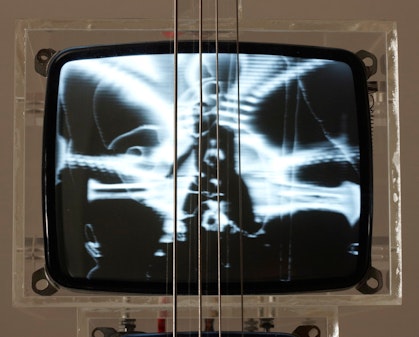
Read
The ending or endlessness of artworks
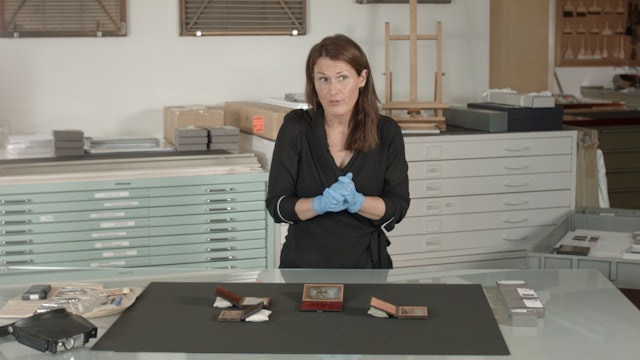
Watch
Pocket treasures
5 minutes
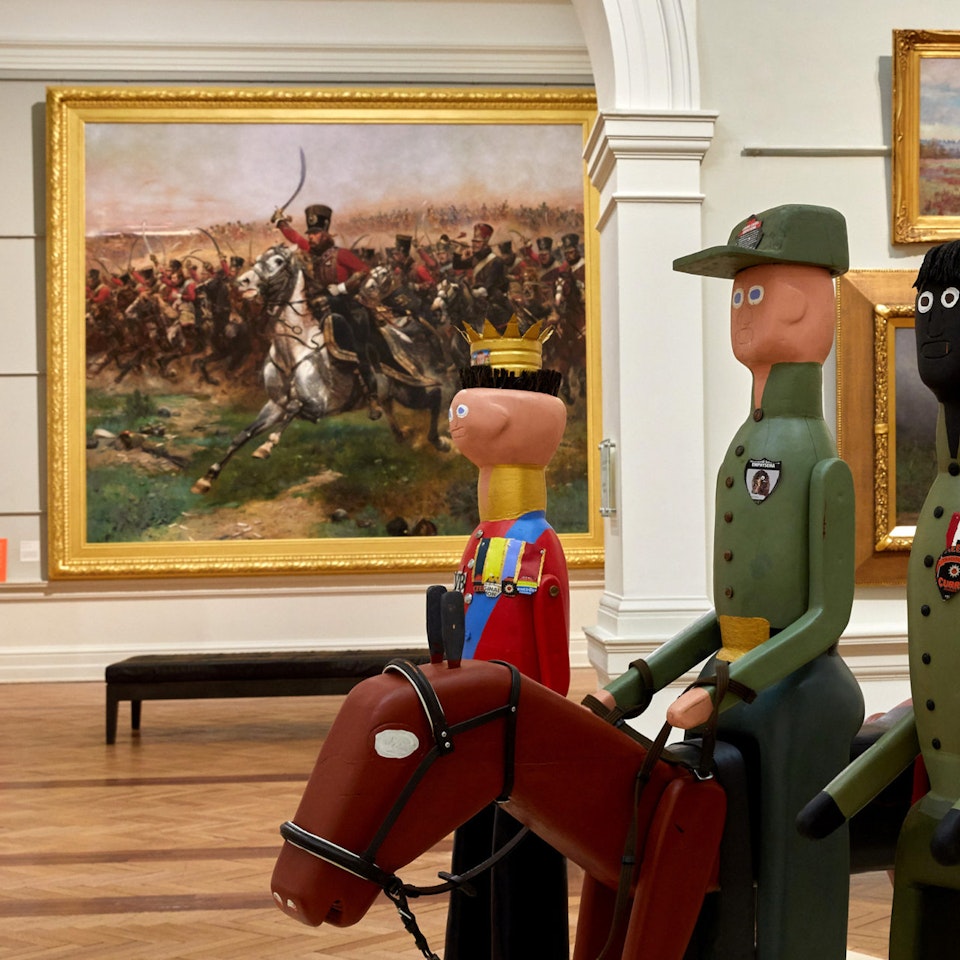
Listen
Sentient portraits
5 audio files

Watch
Angela Tiatia: The golden hour
31 seconds

Read
Nardean: the best of the West
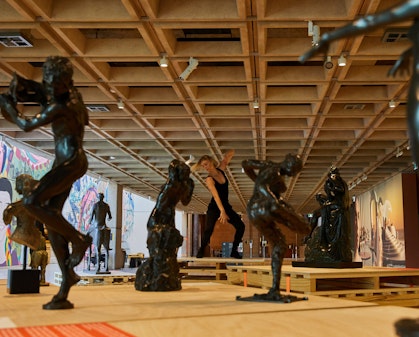
Read
Living portraits

Read
The (super)power of art to bring us together
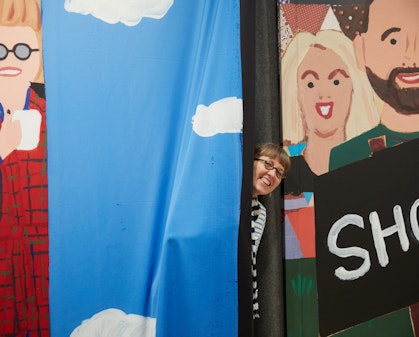
Read
What do we want?

Watch
Archie Plus
1 minute
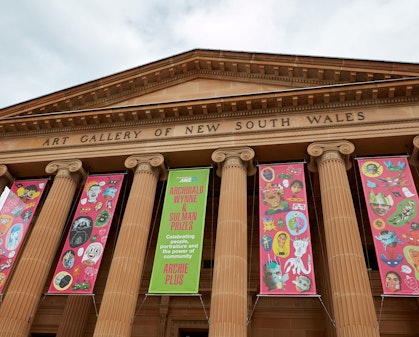
Read
A portrait of Archie Plus
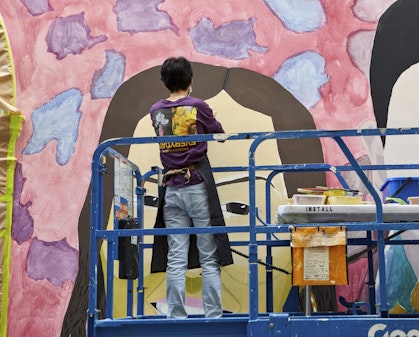
Read
Love owls and mermaids singing in the rainbow pop